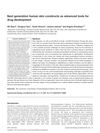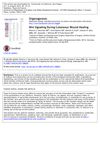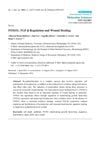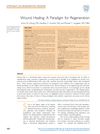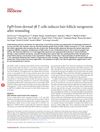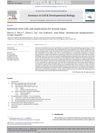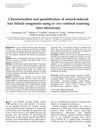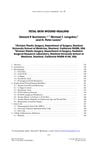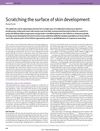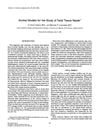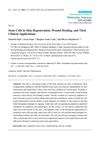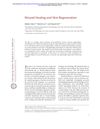Scarless Wound Healing: Transitioning from Fetal Research to Regenerative Healing
January 2018
in “
Wiley Interdisciplinary Reviews-Developmental Biology
”
scarless wound healing fetal skin growth factors extracellular matrix regenerative therapies FGF9 HIF1 VEGF TNFA interleukins lysyl oxidase matrix metalloproteinases hyaluronic acid mechanical forces dermal regeneration scarless healing ECM regenerative treatments fibroblast growth factor 9 hypoxia-inducible factor 1 vascular endothelial growth factor tumor necrosis factor alpha LOX MMPs HA mechanical stress skin regeneration
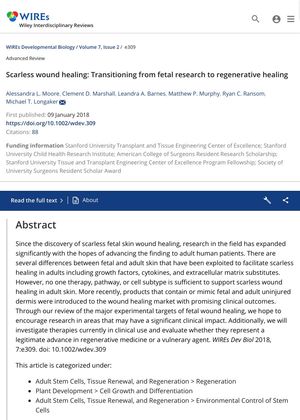
TLDR Understanding how baby skin heals without scars could help develop treatments for adults to heal wounds without leaving scars.
The 2018 document "Scarless wound healing: Transitioning from fetal research to regenerative healing" explored the unique ability of fetal skin to heal without scarring, due to its high concentration of specific growth factors and unique extracellular matrix composition. The researchers suggested that understanding these mechanisms could lead to the development of regenerative therapies for scarless wound healing in adults. The paper also discussed the potential roles of various factors in wound healing and scar formation, including FGF9, HIF1, VEGF, TNFA, interleukins, lysyl oxidase, matrix metalloproteinases, and hyaluronic acid. The document also highlighted the role of mechanical forces in wound healing outcomes, with areas of the body experiencing high mechanical force showing increased scar formation. However, the study concluded that a complete understanding of fetal scarless wound healing and dermal development is necessary for achieving dermal regeneration in adults.
